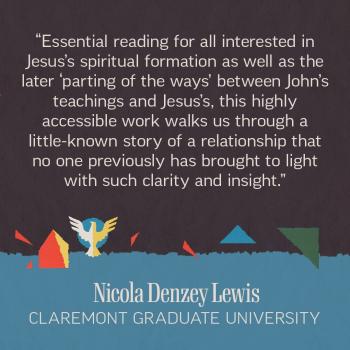Qumran was the first major stop on this trip that I had been to on every single visit to the Holy Land. Even so, driving a rental car rather than either participating in a tour or leading a group of students meant that I could do things that I had not done before, such as hiking. I did not venture as far as it is possible to go, but am glad I explored the hiking trail at least somewhat. The more time I have spent looking at the connections scholars have drawn between John the Baptist and the Essenes, the less persuaded I am that there is a basis to think John was part of that group at some point. He might have been influenced or borrowed ideas from them, but that could have happened anywhere and did not require him to have joined the movement, much less to have spent time at Qumran. Not that parallels like the ones that James Tabor recently highlighted are not significant. That is not what I am saying at all. The question is whether the shared ideas require a direct sectarian connection rather than either borrowing at a greater distance or shared religious ideas that were widespread in that time. On the basis of parallels between Jesus’ teaching and that of the Pharisees, we could easily make a case that he must have been one at some point. Some have indeed made that case. Most, however, accept that Jesus and the Pharisees could share ideas in common without Jesus having needed to belong to that group at some point.
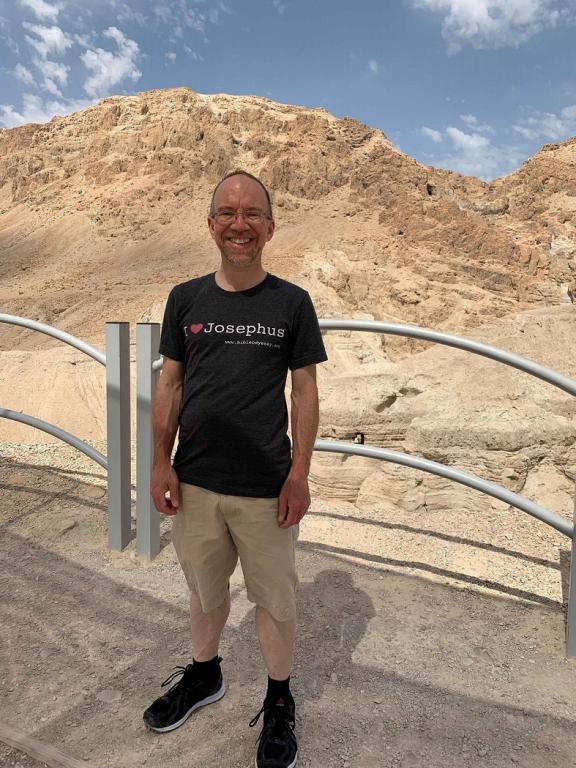
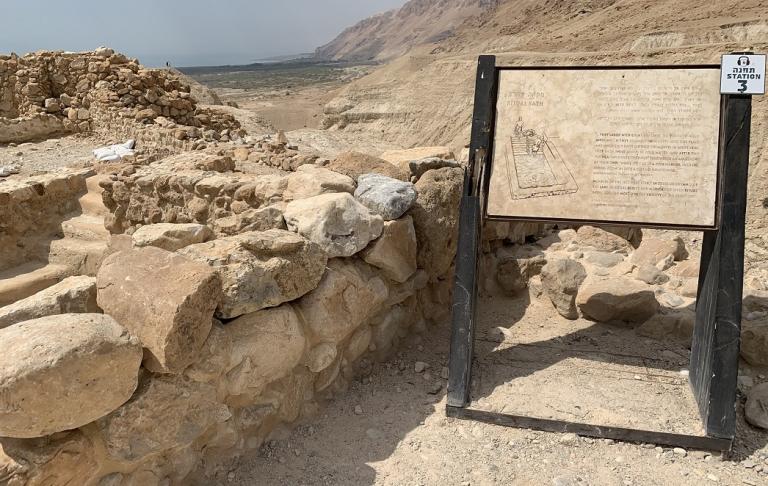
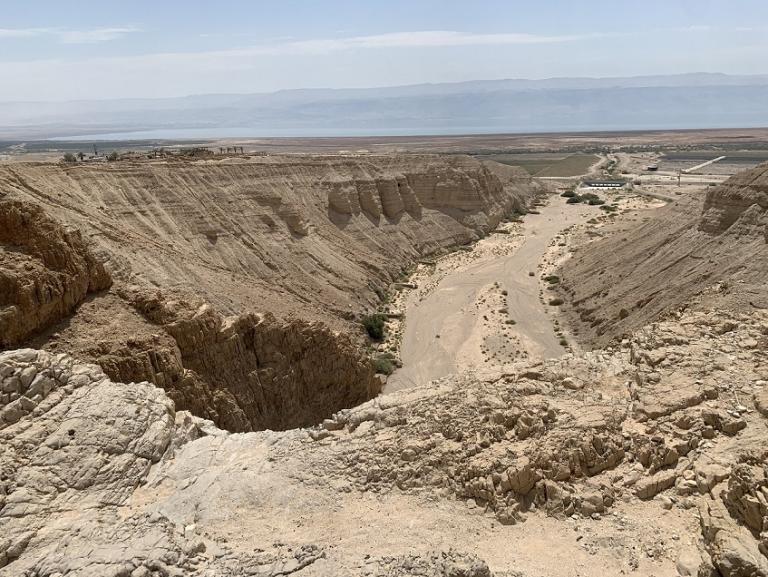
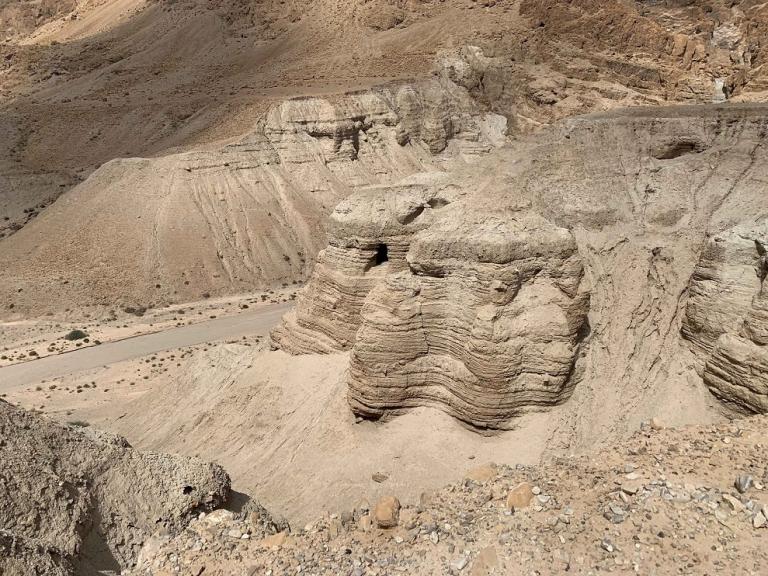
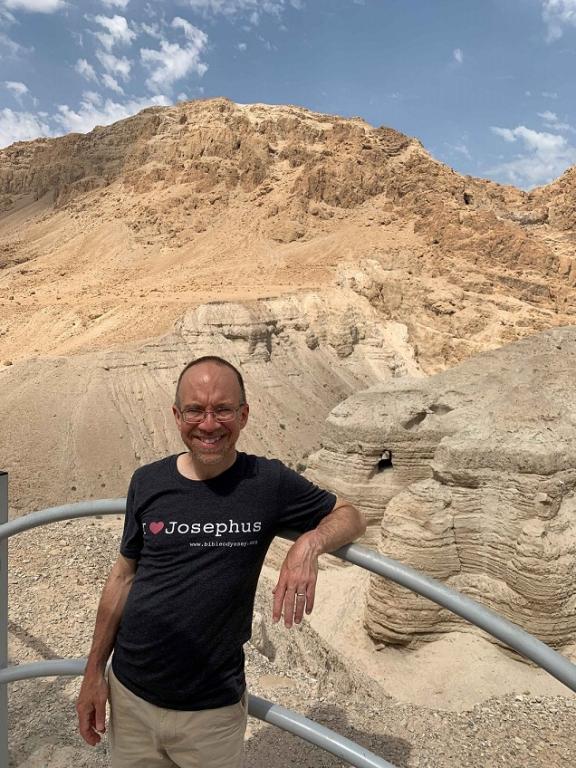
One of my favorite places in the Holy Land is the Mar Saba Monastery. I’ve only been there once and decided it was too far out of the way to include on this summer’s itinerary. I thus decided to include St. George’s Monastery near Jericho. I had never been there before, but photos made it seem worth making the trip, and I was not at all disappointed. This is another of those destinations that is simply not accessible unless you are driving yourself or hire someone to drive you – unless, of course, you want to hike there. I gather that it can be done from Jericho in half a day, and that there are several day hiking excursions along Wadi Qelt that will take you from Jerusalem to Jericho by way of the monastery. It is a route that has been traveled since ancient times but far less frequently today in our era of roads and motorized vehicles.
St. George’s Monastery doesn’t have any connection with John the Baptist, but I wanted to go there nonetheless, not merely because it is in the Judaean desert where some believe John spent time, nor merely because it offers a breathtaking view (not to mention a Bedouin selling trinkets who will offer you a tiny paper cup of Arab coffee right at the viewpoint, and a larger multitude of hawkers who will swarm around your car and then you, making the place seem far less isolated than it otherwise might). This monastery represents the Christian monastic tradition of seeking isolation for extended periods, devoting oneself to prayer and a focus on one’s spiritual life in seclusion. I am increasingly persuaded that there is a stark contrast between this and John’s activity. Christian monasticism may be what John’s lifestyle inspired after it adapted itself to a situation in which the kingdom of God, the end of the world, was recognized not to be dawning immediately. John appears to be more the prototype of Jesus’ approach, which went to secluded places to recharge and prepare for further activity in populated areas. Neither Jesus nor John focused most of their attention on urban centers, but they did go where people were. If nothing else pointed to that, the extent of their impact alone would do so.
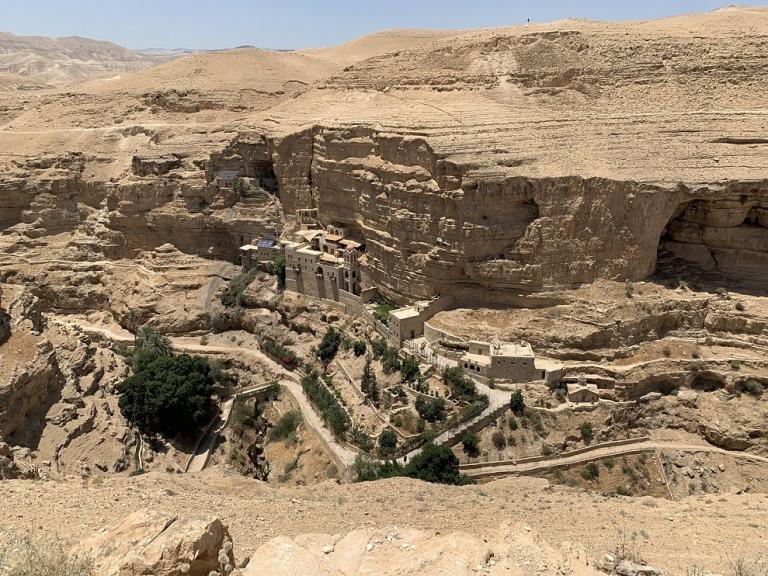
I did return to Qasr al-Yahud, the traditional site of Jesus’ baptism by John. It is an old tradition that connects this general vicinity with John’s baptism, but how much of that is historical memory and how much is the result of one particular understanding of what “Bethany beyond Jordan” denoted, it is hard to tell. John had a significant entourage of Galilean disciples by the look of things and so it might make sense to envisage Jesus having been baptized somewhere closer to Galilee. Be that as it may, when you take the tradition of John baptizing at a key river crossing, and the tradition that Jesus was tempted on a mountain right by Jericho, it becomes clear once again that “wilderness” for John (and Jesus) meant withdrawing from time to time from populated areas, not going very far from them to remain isolated for extended periods.
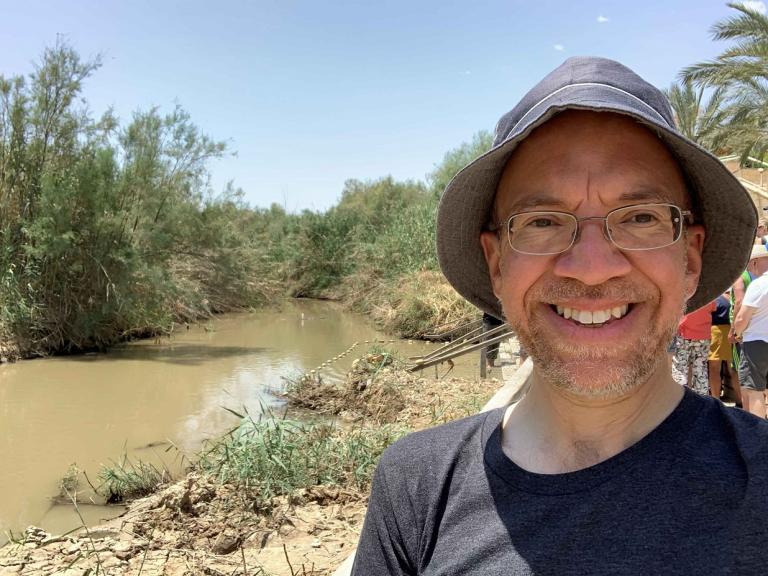
Of related interest, I mentioned in a previous post about the Pool of Bethesda, and since then Craig Keener shared a video of himself talking about the site.
Bart Ehrman blogged about Jesus, swords, and armed resistance to the Romans. I suspect that John the Baptist also taught nonviolence. What do you think?
Article on American interest in the Samaritans in the 20th century
Artistic renditions and photos of the Arbel synagogue in Galilee
Exhibit about Usha in Western Galilee






